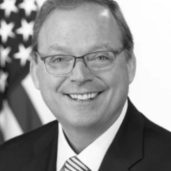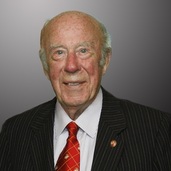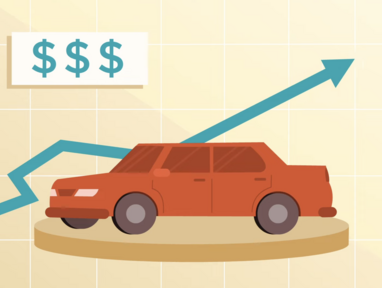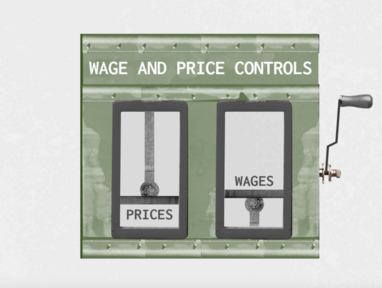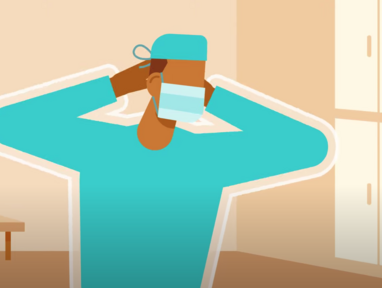The Dangers of Price Controls
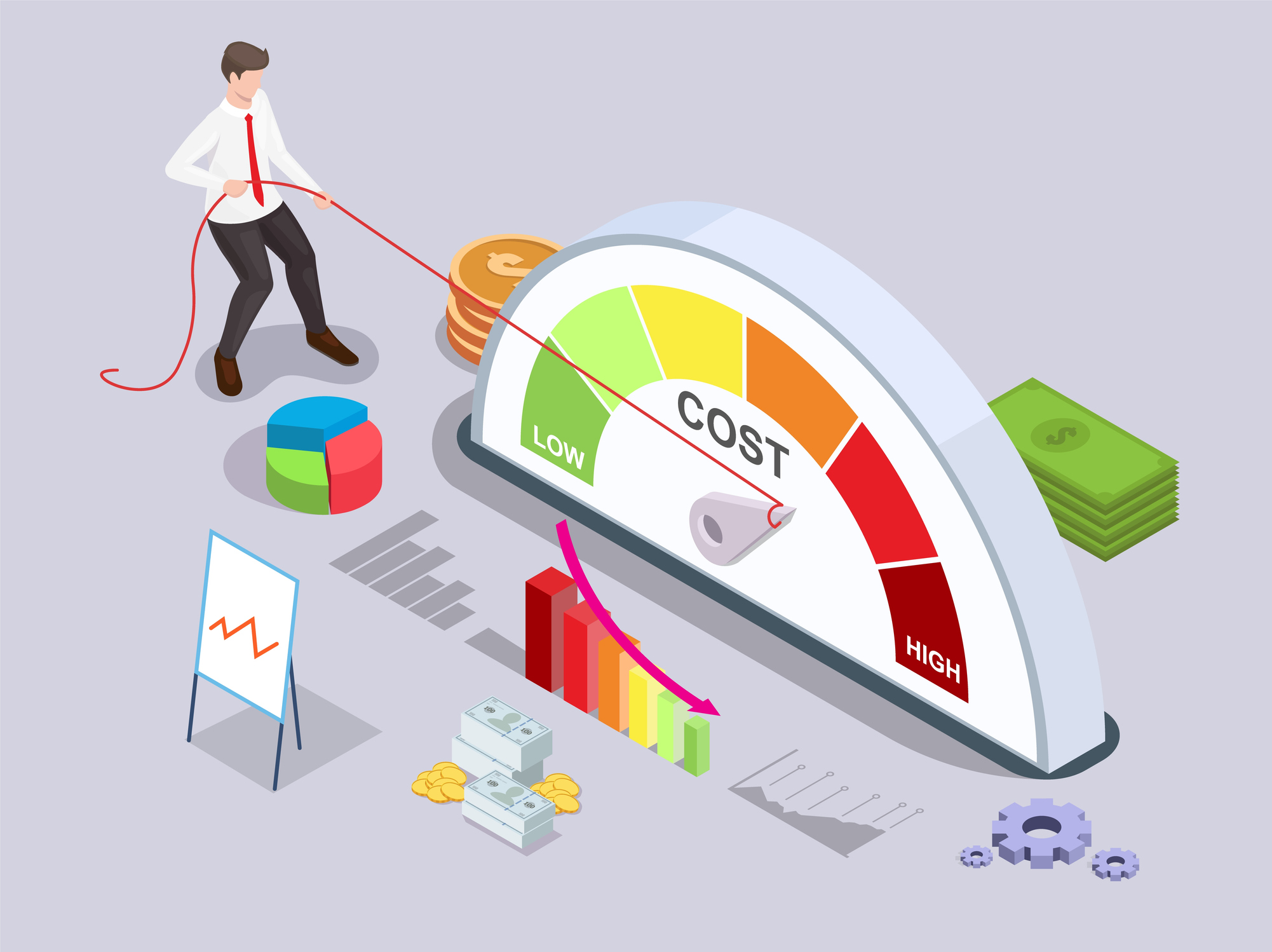
The American economy is experiencing inflation rates unseen in over 40 years. From gasoline to food, the prices of common consumer goods have risen by 10 percent or more over the last year. Of course, policy makers are eager to find ways to stop prices from rising. For some, the answer is obvious: we should ban businesses from increasing their prices.
The idea isn’t new. Governments often enact laws aimed at capping prices. Cities and municipalities have rent control laws that limit how much landlords may charge for rent. There are widespread anti-price-gouging laws that punish people who hike their prices during emergencies. And there have even been broader attempts to fix prices or wages to stop inflation.
What are the consequences of these price controls? Are there better ways to help consumers?
What are the consequences of price controls?
The political appeal of price controls is obvious. The hope is that consumers will pay less without costing the government any money. Proponents argue that rules are needed to stop greedy businesses from profiting from others’ economic distress. Despite the perceived benefits, however, there are unwelcome consequences to price controls.
Prices provide valuable information. They give signals to investors and entrepreneurs about what consumers prefer. They help us understand what resources are scarce and give consumers the incentive to conserve or rethink their purchases. Price controls ruin these signals. Government-mandated prices set below what the market will bear means that demand will outstrip supply, giving business owners fewer reasons—or the ability—to meet consumers’ needs. And consumers have little motivation to conserve. The result is shortages, where demand outpaces supply at the government-mandated price.
In a recent essay, economist David Henderson relates an analogy about price controls he learned from his professor, the economist Harold Demsetz:
Demsetz told his audience that using price controls to reduce inflation is like responding to cold weather in Winnipeg by breaking the thermometer. His point was that just as thermometers respond to temperature, prices are an indicator of underlying economic phenomena, namely supply and demand. Breaking a thermometer doesn’t cause the temperature to rise; controlling prices doesn’t cause inflation to fall. But it’s worse than that. When you break the thermometer, you don’t make the weather worse. But when a government controls prices, it makes the economy worse by causing shortages.
Shortages can have significant consequences. The video below highlights how well-intentioned anti-price-gouging laws may have made it harder to secure masks during the COVID-19 pandemic:
Price controls don’t just create shortages; they also affect the quality of goods being sold. Henderson offers the example of rent-controlled apartments:
Imagine that you own an apartment complex on which the government imposes rent controls that force the rent below what you were planning to charge. For a given apartment, you now have more qualified tenants than you would have had with no rent control. So your incentive to maintain the property and to furnish amenities such as parking decreases. Further pushing you in that direction is the fact that you have less revenue to pay for maintenance and amenities. The product changes.
These consequences are illustrated in the video below.
Have we seen these consequences in the real world?
The economic theory is clear: capping prices creates shortages and reduces the quality of goods. But it isn’t just theory; past efforts to control prices led to these very consequences. The 1970s were a time of high and sustained rates of inflation. The Nixon, Ford, and Carter administrations all looked to wage and price controls to stop it. As the video below highlights, the consequences of these efforts were widespread shortages:
The gas lines of the 1970s were imminently predictable. Capping prices gave oil companies less of an incentive to increase the supply, and the artificially low prices meant drivers had little reason to cut their consumption.
The consequences of price controls can far outlast the controls themselves. During World War II, the government instituted wage and price controls, but that meant that businesses that needed more employees were legally prevented from increasing wages to attract workers. As a workaround, these companies began to offer employer-provided health insurance. The businesses convinced the government that employer-provided insurance shouldn’t be taxed, and that policy has remained in force to this day. The consequences of that policy are described in this video:
Are there better solutions to high prices?
If price controls aren’t the answer, what is?
When the price of a particular good is rising, the answer is more competition. Higher prices do more than just give current businesses bigger profits; they give incentives for new businesses to enter the market. That helps push prices back down. The key though is that businesses must be free to enter the market. Too often, existing businesses lobby the government for protections from competition. That allows them to charge higher prices and lower the quality of their goods or services without worrying about competitors. The video below uses the example of what happened to prices and quality when Uber and Lyft found ways to around local taxicab monopolies:
Sometimes it isn’t just one price rising. During times of high inflation—where the prices of all goods and services are rising—the answer to rising prices is better monetary policy. As we explained in an early Policy Insights, inflation is caused by too much money in the economy. The current wave of inflation followed an unprecedented effort by the Federal Reserve to support the economy during the COVID-19 pandemic and its slow response when prices began to rise. As economists John Cochrane and Kevin Hassett warned in early 2021, these efforts were a recipe for inflation:
When demand soars and supply is constrained, inflation will rise. When people question policy and find it feckless, they expect more inflation, and inflation grows more and becomes entrenched. Persistent inflation grows suddenly, unexpectedly and intractably, just as it did in the 1970s. Some worry that a burst of inflation will lead the Fed to raise rates and thereby stymie the recovery. It is a far greater worry that the Fed will not react promptly, thereby letting inflation and inflation expectations spiral upwards.
Sure enough, the Federal Reserve did not react promptly, waiting several months to respond to rising inflation before they committed to raising interest rates. Avoiding these mistakes in the future may require we rethink the way we conduct monetary policy. As economist John Taylor argues, these mistakes were a consequence using discretion, where policy makers at the Federal Reserve “can do whatever they want, at any point in time.” Instead, Taylor argues that what is needed is a rules-based approach that gives policymakers clear guidelines for how to respond to changing economic conditions:
As Taylor notes, these rules provide predictability and accountability that could have helped us avoid the high inflation we are experiencing today.
Conclusion
As consumers, we don’t like rising prices. But government regulations that cap prices rarely yield the good results promised by policymakers. After all, it doesn’t matter how low a government-mandated price is if it means you can’t get what want at any price.
Additional Reading
In Choose Economic Freedom, economists George Shultz and John Taylor show the benefits of free-market policies and harmful consequences of heavy-handed government interventions.




